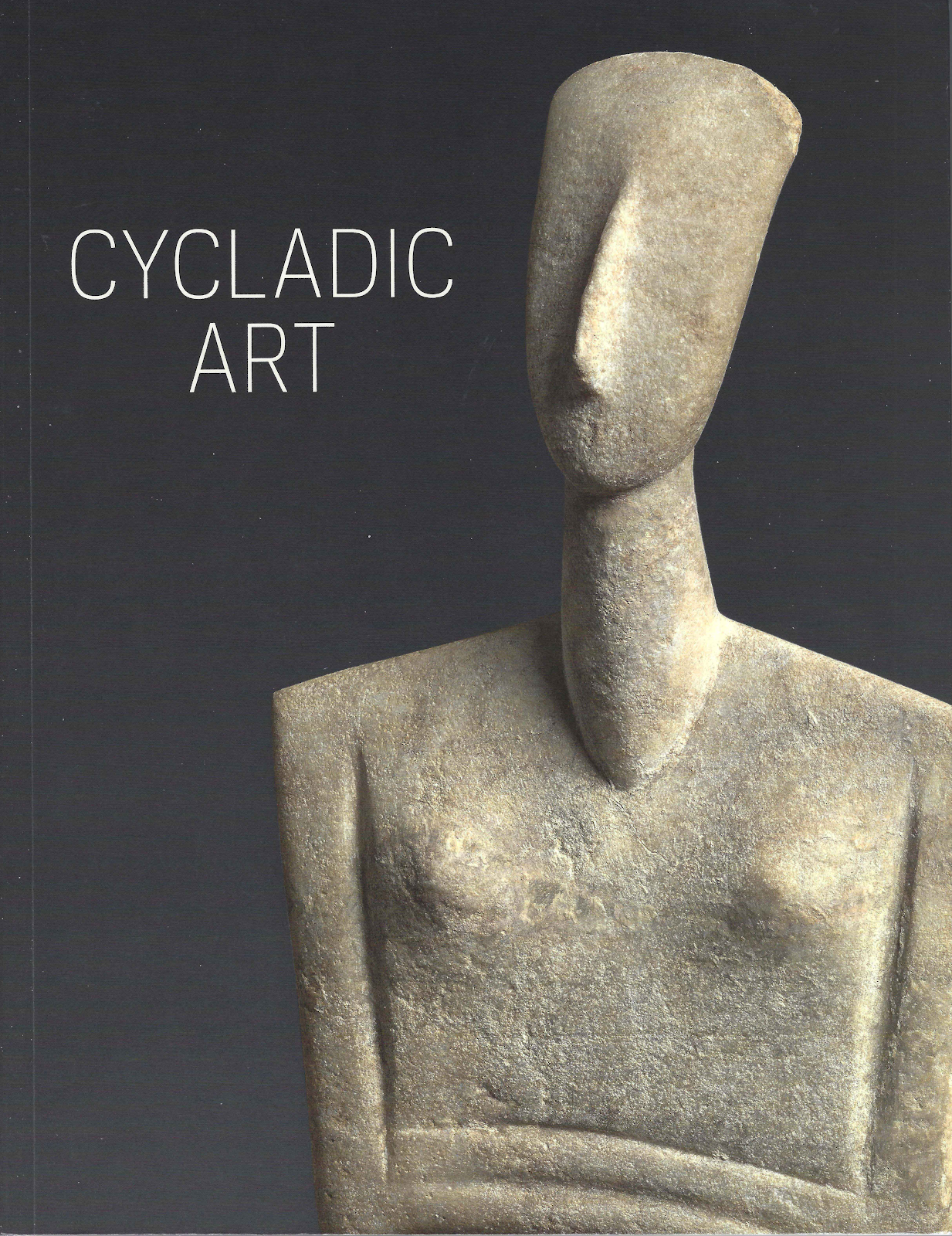What questions should we be considering when we study the fragments of Athenian red-figured pottery that are dispersed between different collections and museums? This short study takes the example of some five pieces attributed to the Berlin painter (BN3, BN9, BN12, BN29, BN38); two have been returned to Italy. When were these fragments moved to different collections? Who was involved? In the case of two of the pieces, the initial fragments were presented to the museum only to be followed by purchases from a different source. Such a pattern of acquisition is not confined to the Berlin painter.
This paper questions the position taken by James Cuno that scholars should not seek the clarify the "provenance" (I prefer "history") of such fragments.
The fragments are a reminder of the information that has been lost by the unscientific removal of Athenian pottery from funerary and other archaeological contexts.
Gill, D. W. J. 2020. "Fragmented Athenian Pots and the Berlin Painter: Recent Breaks?" Academia Letters, Letter 40: 1–5. [DOI]






